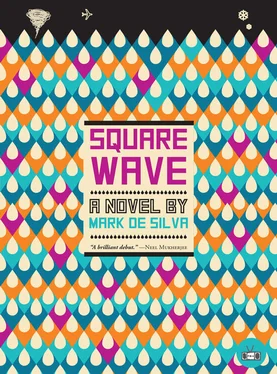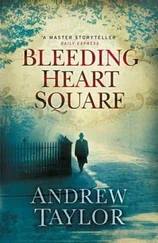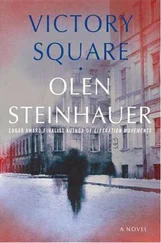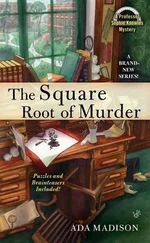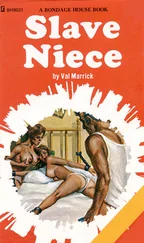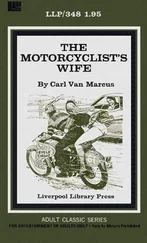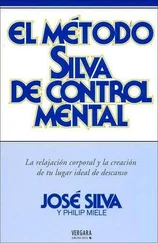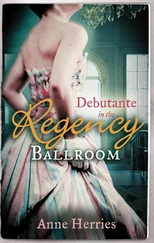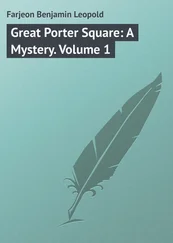“Anyway, you could say, in his own work, he’s re-created the evolution of the field, experiment by experiment, all the salient ones. Most of the men who came up with those experiments have been dismissed as charlatans, and mostly they were, or just second-rate scientists. But even they, or especially they, through their recklessness, could strike on unconventional approaches, ones that might yield results if you applied them with a certain rigor they lacked, or if you just shifted them away from some misguided theoretical axis.
“It was about disentanglement. The experiments, any experiment, really, in physics, in music, brings a cluster of ideas together. Once you’ve separated them, you can try out other combinations, often with ideas gathered from entirely different experiments. And the whole thing is guided not by rules but by steeped intuition. The quality of my father’s creative intuition is something everyone’s aware of, he has that kind of nose for ideas, applications.”
Ravan rubbed his jaw. He took the joint back from Stagg and pulled the last smoke from it before stubbing it out in the ashtray. He exhaled and sighed at the same time. “Well.”
Stagg’s sense of what Ravan said was vague in a way that pleased him. That he was under no obligation to grasp more than half of it, that he didn’t need to pose smart questions — he’d smoked and couldn’t reasonably be expected to, however interested, however bright he was or wasn’t — made him want to hear more, to revel fecklessly in Ravan’s words, which had poetry in them. To Stagg it was a performance, and maybe to Ravan as well, one he liked to give when he was stoned, for all he knew. The drug seemed to propel Ravan to a greater eloquence. He seemed to be enjoying it all, and set to Larent’s playing, which had resumed, it formed something like a libretto. Stagg wanted a second act. “The experiments,” he said. “What were they like?”
“Oh, you must have had enough by now,” Ravan said. “I’ve already put her to sleep.”
“She’s not a doctor, of anything, though,” Stagg said. He looked down at her and was pleased to find her asleep now. It had wiped the smile off her face that he hadn’t put there.
“Funny. But your own work must make this all seem very dull. Tell me.”
“It’s pencil-and-paper stuff,” Stagg said with a wave. “Tell me what you tried, out in the world.”
Ravan shrugged.
“Really.”
“Well, right… what did we try?” Ravan began. “I suppose at the very start there were the concussive strikes on moist air fronts. We were following in the footsteps of some long-dead scientists. Dyrenforth was one, and then a man named Ruggles, related, in fact, to a prominent American novelist. Do you know which?”
Stagg was finished talking.
“Pynchon, it turns out. Anyway, the idea,” Ravan continued, “was that wet air — water vapor — might be made to precipitate without any clouds, that condensation could be forced by compression. We would just squeeze water out of the air, basically.
“I can remember the barometric checks, the waiting for needles to rise, the chain of cannons set against an invisible front. My father would give the order, as if to a firing squad, and the clearest of skies would be filled with flames. Each of the rounds had a charge. There were two reports, the firing and the explosion. Even through earplugs, the big ones like headphones, and even full well knowing the cannons were about to fire, they surprised you with their force. Not so much your ears, but your body. All that fire, twenty points of growth, twenty clouds taking shape — but of smoke not water droplets, so they lost their form and vanished. No rain, of course. The readings from our sensors showed no real change. Water was scattered through that air in about the same way as before, though if I remember, there was some slight rippling. Possibly.
“The team around my father thought much of this was just absurd. But then, my father himself knew it was absurd. Still, an American government précis reports this same experiment, conducted by Dyrenforth, as intermittently successful. Many of the early experiments, actually, were carried out under government auspices. The likelihood of out and out charlatanry, then, was not very large. There must have been something in them, even if the original experimenters never succeeded in isolating that something. They might have tripped atmospheric conditions by accident, simply through enough blind groping.
“The cannonading of the skies, though, I don’t believe my father did any better on that one. I must have been ten at the time. But I think he thought, down the line, he might extract something from it, fuse it with other techniques, and see if the composite yielded a result. So he filed all the barometric data away.
“A couple of years later he tried an incendiary tack, lofting these flares, dozens of them, with high-velocity ground launchers. It was a sight. They phosphoresced, turning day brighter than day, beading the sky with mercury. I have tried, and it’s just not possible to imagine anything brighter, Carl. It stung our eyes. For days I was plagued by afterimages. But it was difficult to look away.
“The point, of course, wasn’t this visual revelation, a quicksilver sky. It was about shooting searing heat into pockets of cold, moist air, again with the hope of forcing condensation and precipitating them. But nothing. One more stage in the history of weather mod we could tick off.
“So, we moved on to cloud building. We’d send up columns of smoke, either from charcoal or trees or simply ignited oil. This smoke with a greasy sheen would go up, glossy black, through the cold fronts. I can’t say these definitively failed, like the cannonading and flaring — these fires that raged by design, though resembling in every way some primordial annihilation.
“There were several cases where rain followed our burns. Dark brown clouds that kept their shape — proper clouds, not just collocated smoke — ones that stoked condensation and carried water. But sometimes no precipitation would follow. Replication was the problem. There must have been atmospheric differences we didn’t, or couldn’t, measure for.
“Again, my father was greedy for the data. How had they changed the constitution of the air? Had the burns encouraged the coalescence of microdroplets? Or had they only managed to shunt more carbon into the atmosphere—”
“And destabilize things further.”
“Exactly, yes. Had we only done more damage to the climate was the question. So he would sift the data for tiny changes, rebalancings, and compare them with the changes induced by other experiments. Menar and I helped with this, once we had the training to.”
Stagg thought Ravan might be done at this point, but no, the torrent kept coming as the science (and his past) came surging back to him.
“Then came the dispersal techniques,” he said. “How to kill a cloud. That was just as important. Everywhere in India, either you got too much or too little water. That’s still true.
“We turned to various compounds: calcium chloride, silica gel, quicklime, a range of alkalis. We tried overseeding. The idea was to make microdroplets of water coalesce around so many condensation nuclei that any further condensation, into the bigger droplets that fall as rain, became impossible. It would all just hang as a mist.
“We tried electrical fields, using a network of magnets, either attached to planes flying in formation through cloudbanks or set up along the ground, looking like a field of telecom towers or a power grid. There were also the brute force techniques, World War II stuff. Applying continuous heat to clouds, vaporizing them, like the Brits did with FIDO. During the war, they’d run open burners the length of the runways so they could land in the thick, grounded stratus common to England. It kept their fleet airborne against the Germans. But the approach isn’t practical with aerosols higher up in the atmosphere. And anyway, the amount of fuel you’d need to burn out a storm is preposterously large.
Читать дальше
